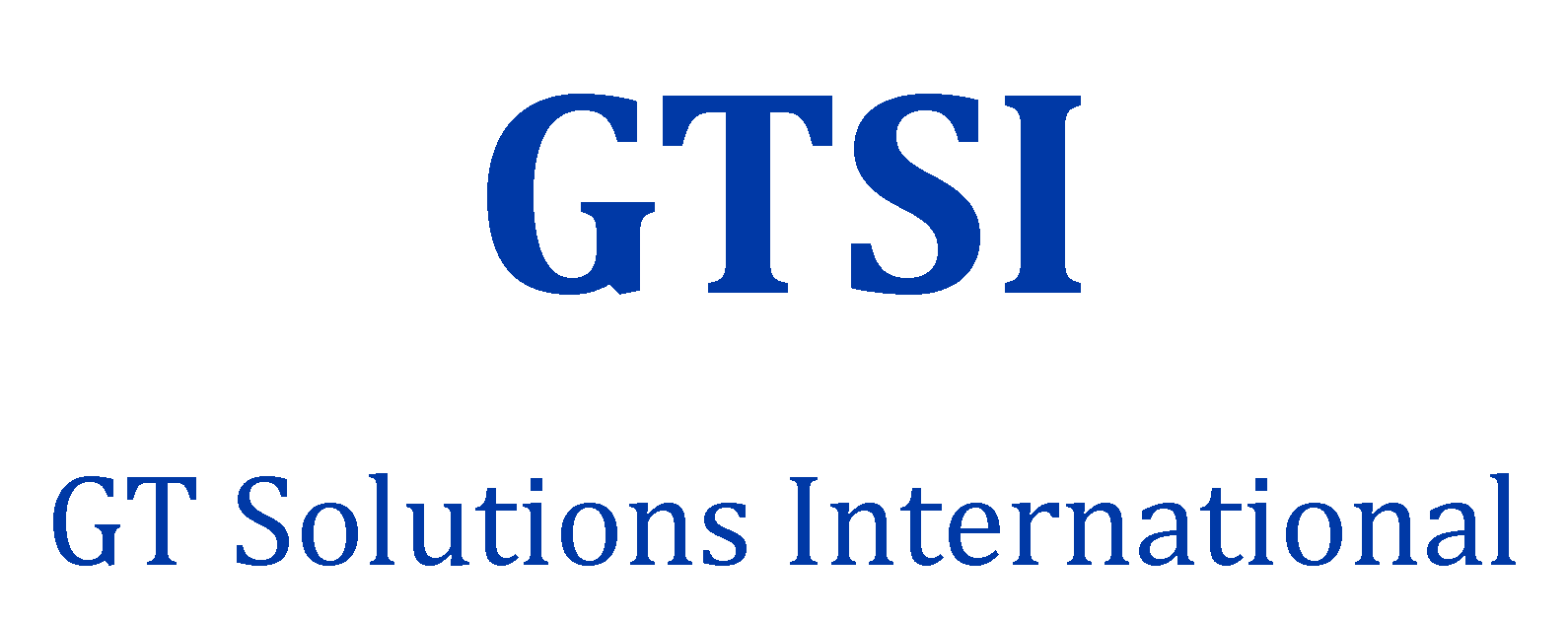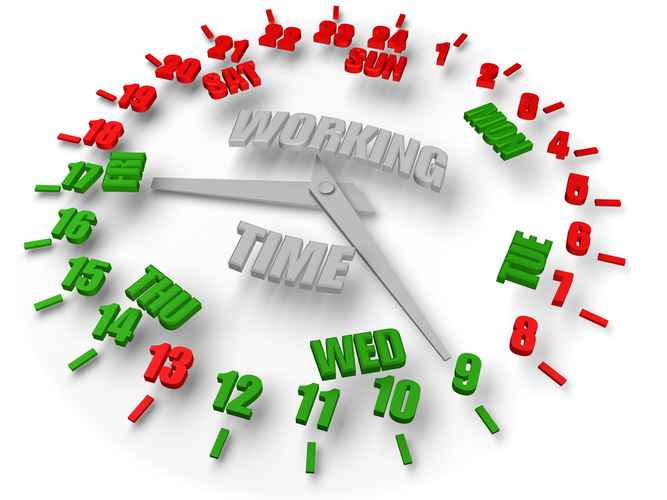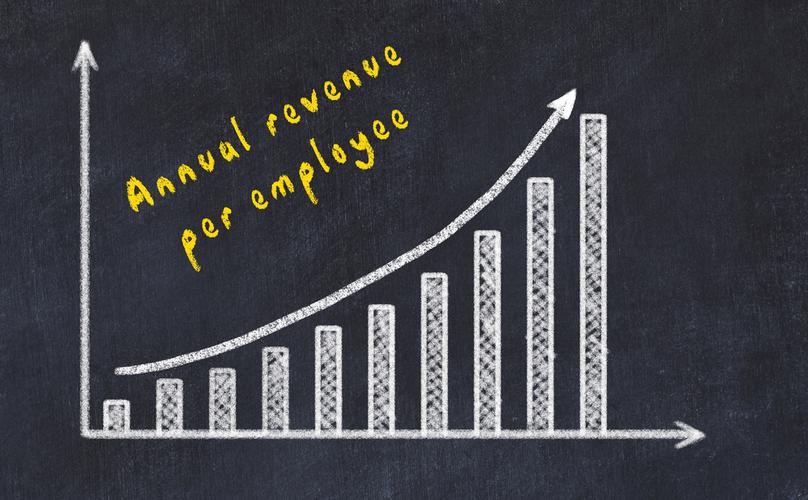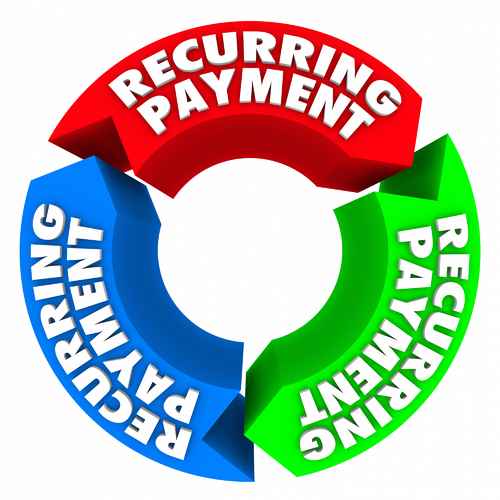Blog
Should I Hire a Coach When Business is Down?
In slow times, it might seem inappropriate to consider increasing expenditures by hiring a coach.
When business is down and revenue is shrinking, many business owners instinctively look to cut expenses. (This is often a wise decision – I’ve often advised my clients to do exactly that!)
But is coaching truly an expense, or is it an investment?
There’s a fundamental difference between expenses and investments.
Expenses are things like office supplies, software subscriptions, or catered lunches…
How to Double Your Chances of a Premium Acquisition Offer
Value Builder Analytics, drawing on proprietary data from over 80,000 business owners, found that companies that can run without the owner for at least three months are twice as likely to receive an acquisition offer above 6x EBITDA.
The concept is simple. The execution? Not so much.
Take Kristie Shifflette for example. She was an early master franchisee with Orangetheory Fitness, a one-hour, coach-led workout that uses heart rate zones to boost calorie burn during and after exercise. When she…
Why Imperfections in Your Business Don’t Make It Unsellable
For business owners considering their endgame, learning what makes a company valuable can feel overwhelming. Buyers prioritize factors like recurring revenue, a differentiated product or service, and a leadership team that operates independently from the owner. If a business doesn’t check every box, it can seem as though selling is perpetually just out of reach.
But perfection is not a prerequisite for a sale. While improving the key drivers of value is important, an imperfect business can stil…
10 Resolutions That Will Boost the Value of Your Company
Finally, 2024 is in the books.
Good riddance.
If your goal is to build a more valuable company in 2025, here are some New Year’s resolutions to consider:
- Stop chasing revenue. A bigger company is not necessarily a more valuable one if the extra sales come from products and services that are too reliant on you to deliver them.
- Start surveying your customers using the Net Promoter Score methodology. It’s a fast and easy way for your customers to give you feedback, and it’s predictive of y…
How to Avoid the Switzerland Valuation Discount
The Swiss are known to value their independence. They don’t use the Euro currency despite being sandwiched between France and Germany, and they never officially picked sides in the World Wars for fear of tying their wagon too closely to one geopolitical regime over the other.
That’s why we give the name the Switzerland Structure to a business model that is set up to be free of a reliance on a key customer, employee, or supplier.
You probably already know that a customer or employee dependenc…
Stop Selling Your Time
If your goal is to build a more valuable company, stop selling your time.
Billing by the hour or day means customers are renting your time rather than buying a result, which means that your business model lacks leverage. To grow, you need to either work harder or hire more people. Since it can take months to ramp up new employees, fast growth is just about impossible.
One of the eight factors that acquirers look for in the businesses they invest in is your company's Growth Potential. Simply p…
Protecting Against the End Run
A football defensive coordinator needs to protect against an “end run,” a tactical play where your opponent sends the running back wide around the offensive line to try to evade the oncoming tackle.
Just like in football, you have to defend against an end run coming from a supplier that chooses to go around you to get to your customers. The more of your supply you get from a single provider, the more vulnerable you are to that supplier deciding they don’t need you and instead deciding to go str…
Why the Future of Your Business Is Critical to Its Value
As a business owner, you’re likely proud of the results you’ve achieved in the past, but when it comes to the value of your business, your future is critical. That’s why your growth potential is one of eight factors that drive the value of your business.
One metric that acquirers may use to evaluate your growth potential is your revenue per employee.
Alphabet (Google’s parent company) generates around $1.3 million in revenue per employee. Compare that to the advertising agency WPP Group, whose…
The Hidden Danger of Cross-Selling
You've likely heard the adage that it is far easier to cross-sell an existing customer a new product than it is to find a new customer.
And if your goal is to grow at all costs, then cross-selling makes sense.
However, all of that sales growth may not do much for the value of your company. If you cross-sell your existing customers too much stuff, it could make your business far less valuable.
When you cross-sell a customer so many things that they begin to account for more than 15–30% of you…
3 Ways To Flip Repeat Customers into Subscribers
Repeat business drives the value of your company, and you can categorize these sales into one of two buckets:
1. Reoccurring revenue comes from customers who purchase from you sporadically. They’re satisfied with what you offer, and they buy regularly yet not according to a specific timeline.
2. Recurring revenue is predictable, and you get it from customers who buy on a cadence. Usually in the form of subscription or contract revenue, the main difference is your recurring revenue comes in on a re…











